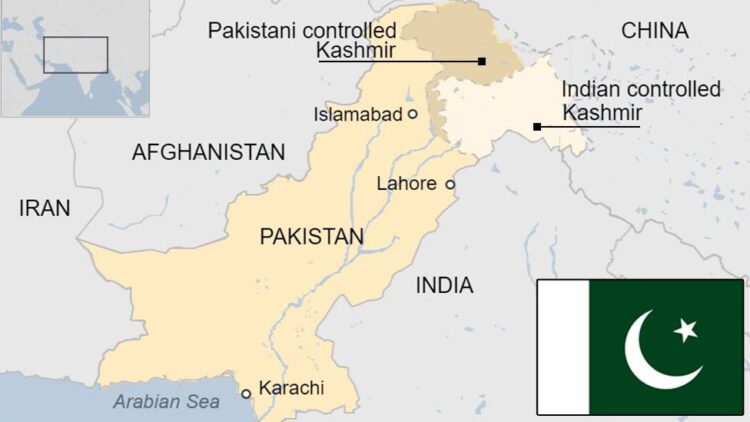This series will cover the history of Modern Pakistan, from the earliest notions of a separatist Muslim governance to the creation of Pakistan and all the way to 2023.
As Mughal control over India weakened, the East India Company took control over Indian revenue and taxation in the 1700s. Eventually the British firmly colonised India taking control over administration, taxation, imports/exports and foreign affairs.
India had always been made up of a collection of princely states, many of which were rivals. At first, the British exploited this, using long-standing rivalries as part of their plan to divide and rule. Instead of directly governing the whole country, the British governed the main states. The princely states remained nominally sovereign led by an Indian Maharaja under a form of indirect rule, subject to a subsidiary alliance and the suzerainty of the British crown.
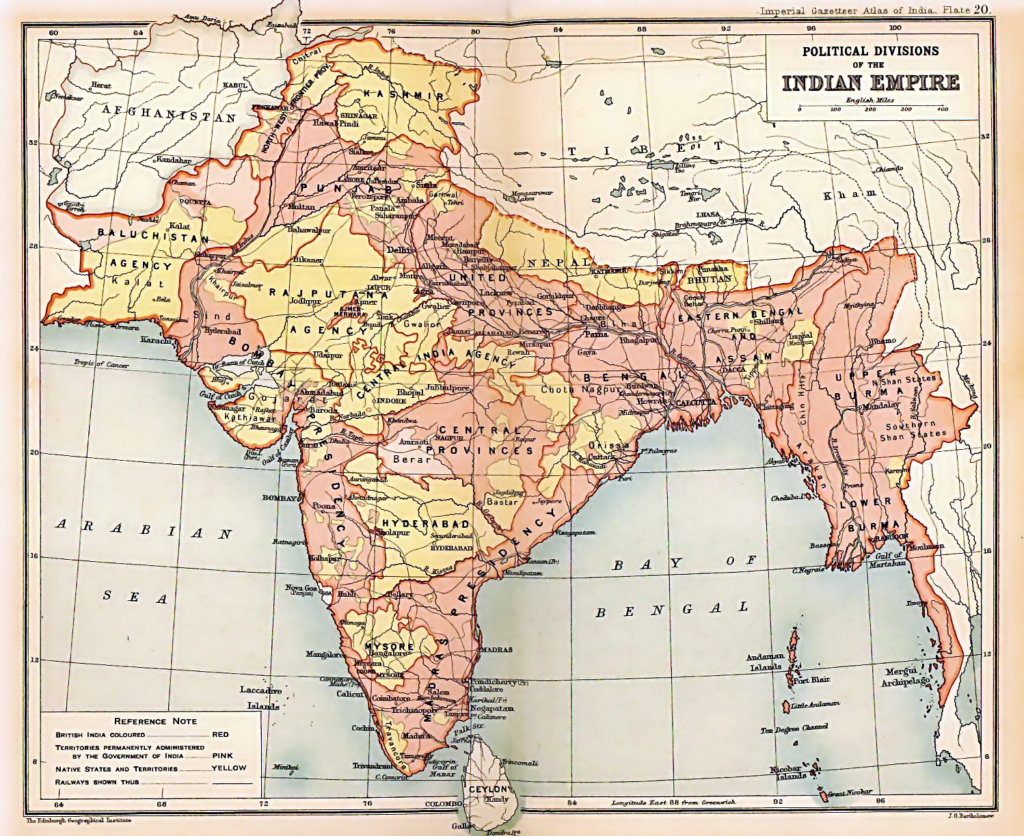
1857 – 1927
1857 War of Independence
In 1857, the natives, both Hindus and Muslims revolted against the occupiers, the British. This was called the War of Independence (Also called: the Mutiny, the Great Rebellion, the Revolt of 1857).
By this point, the British had colonised the Indian subcontinent for over 200 years. They had 80% control over administration. They made life hard for the natives in both social and religious matters, like making Hindus eat beef and not allowing Muslims to keep beards. Indian resources were exported heavily without much reinvestment into the country and the working class began to get taxed heavily.
Although the revolt failed, it led to a new dawn between the relationship between Britain and India. The revolt caused the East Indian Company (who were administering India on behalf of the crown) to liquidate so the Crown took matters into their own hands (Government of India Act 1858). An Indian civil service was created and the rule of law now applied. Ungoverned corporatocracy ended.
The locals quickly realised the reason why the revolt failed was because there was no real leadership, no resources and no strategy. The Indian people must gather and set up a union. However, in order to curb a union and further revolts, the British played the divide and rule card. Propaganda was spread to blame the Muslims for Indian colonisation and poor living conditions.
Aligarh Movement
Post-revolt, the Hindus were given an easy time, whereas the Muslims faced religious, social and economic sanctions. Sir Syed Ahmed Khan, a government official and previous army man, began a movement for Muslim rights in 1858.
He felt that if Muslims were equipped with an education and could self-govern, then this would be a case for independence. He set up a number of schools and colleges including a science society and a literature society. He also focused on the Akhlaq of the Muslims, amongst themselves and amongst the people of the book, esp. Christians. He focused on building bridges with the west but emphasised his Islamic beliefs came first. As Sir Sayed placed emphasis on a western secular education for Muslims, some Ulema began calling him a Kaafir (as well as other beliefs he held).
Indian Councils Act 1861
The Indian Councils Act 1861 was introduced because the British Government wanted to involve the Indian people with the process of law making. The biggest drawback of the Act was the Indian members were not eligible to oppose any bill and most often the bills were passed in one sitting without discussion.
Dar uloom Deoband School founded 1866
In 1866, some scholars felt too much emphasis had been put on obtaining a western education, and soon the Muslims will lose their Islamic background. So a new institute called Dar uloom Deoband was set up to teach the traditional Dars e Nizami. This education was to supplement the education from Sir Syed’s schools.

Indian National Congress 1885
One of the reasons the Indians revolted was because of no Indian representation in administrative affairs so the British established the Indian National Congress which brought representatives from all over India to present their views and concerns. The representatives were made of elite English educated Indians (Hindus, Muslims and Sikhs). The British intended to appease the members to prevent any future revolts.

Indian Councils Act 1892
The Indian Councils Act 1892 was an extension to the 1861 act to include further provisions. The main ones being an increases in the number of council members and role/say in policy making.
Nadwat ul Ulema 1892
In 1892, a new school was setup to bring together western and Islamic education under one roof to develop all rounded Muslims. The school uniquely also brought scholars from all Muslim factions to develop a united front.
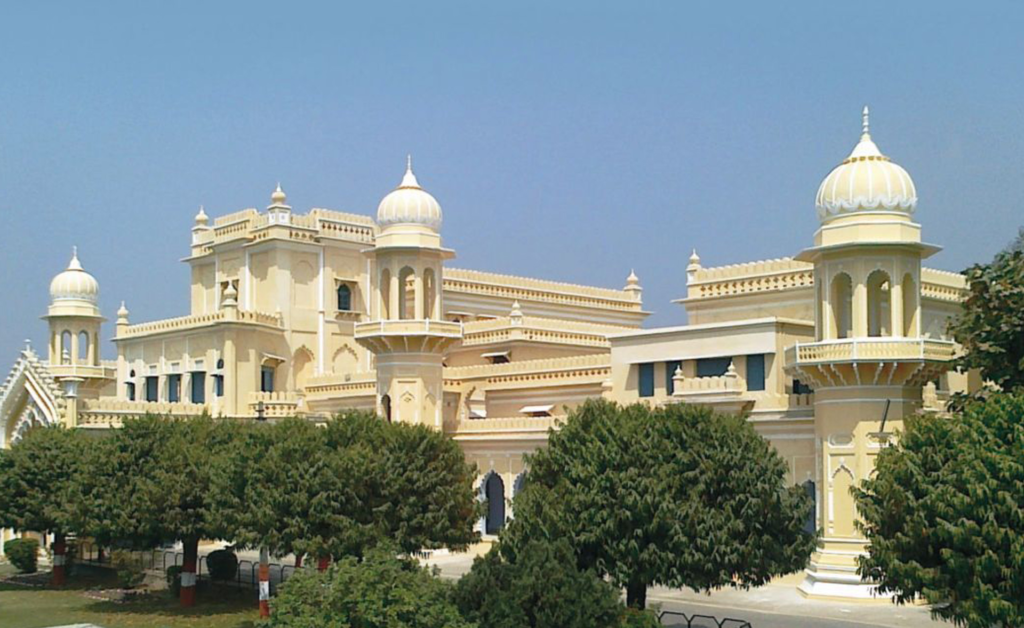
Partition of Bengal in 1905
Bengal was the largest Indian province, it was too large to govern, so the British decided to break it up into East and West Bengal. Muslims lived in the eastern areas and Hindus in the western areas. The Hindus boycotted the British for this move, since most of them owned land in the east, it meant they would lose their land. They were the land owners and the Muslims were the workers. But now, the roles will be reversed. As East Bengal was Muslim majority, it would also mean, the Muslims effectively get their own state.

Six years later, in 1911, this partition was over turned.
Simla Deputation 1906
As East Bengal was a Muslim majority, many Muslims joined the council. Some of the key demands were for Muslim as a distinct people to have their own seats in parliament and elections. Hindus numbered Muslims 5:1 in some provinces so it would be impossible for a Muslim to be elected. They also wanted Muslims courts and more accessibility in universities.
These were accepted by Lord Minto and promised to be implemented as an Act (Minto-Morley Reforms 1909).
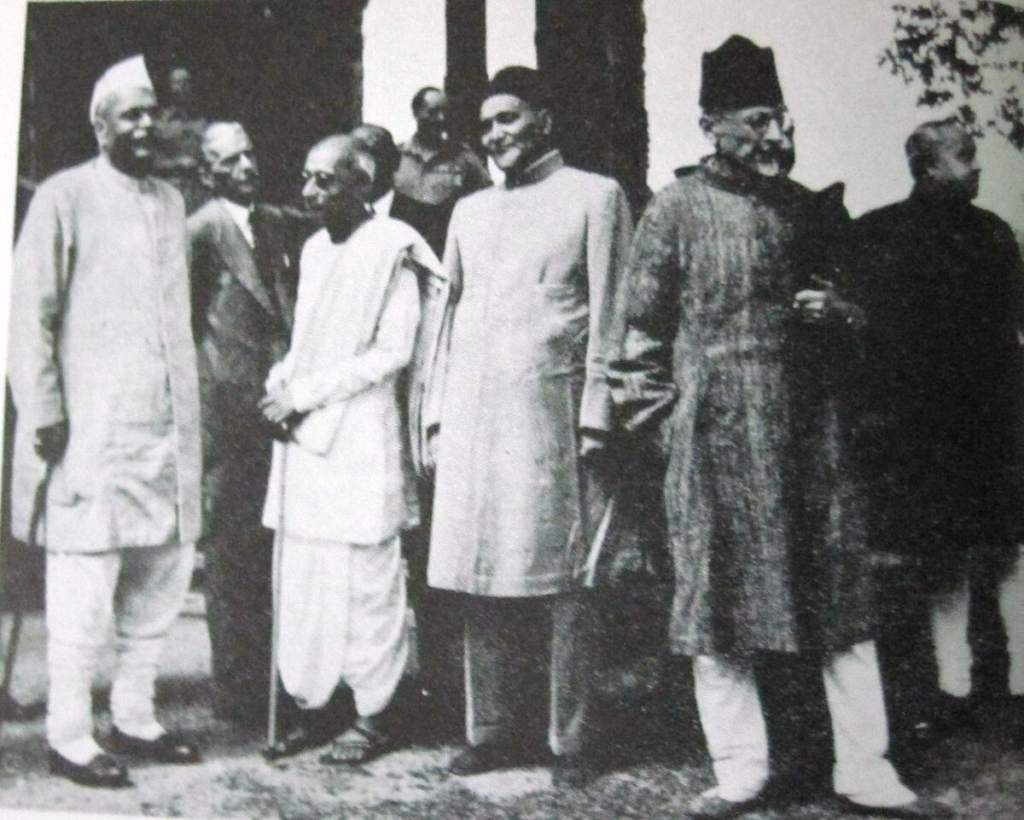
All India Muslim League 1906
This was a success from the Muslim point of view, so they decided to set up their own political party, the All-India Muslim League. This party was to serve all minorities. The first objective was to bring the British and Muslims closer and secondly improve relations with the Hindus. Overall, they would put Muslim rights at the forefront. Many Muslims already in Congress, like Muhammad Ali Jinnah, joined the Muslim league.
Later in 1913, the party started to focus on actually taking part in running the country.
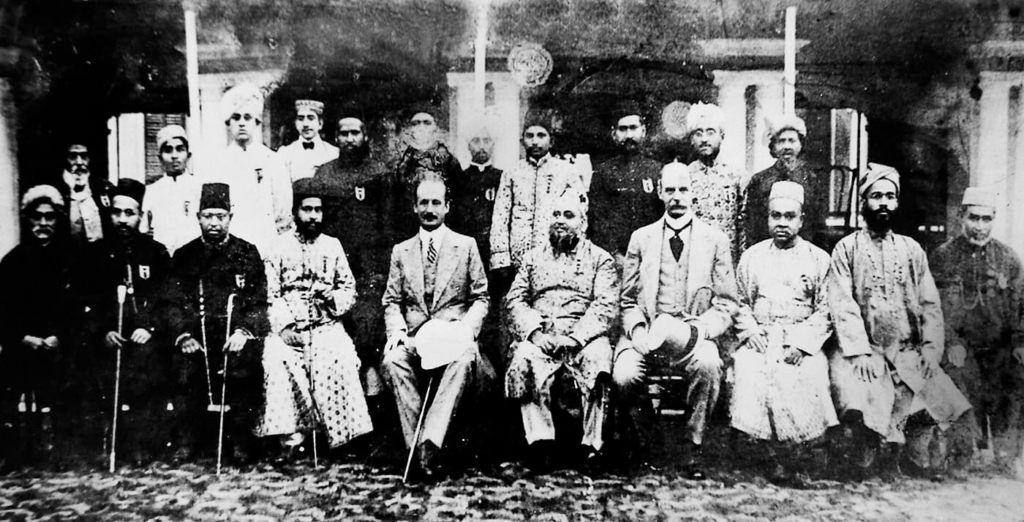
WW1 1914
During WW1, 1.4 million Indians took part in the war, supporting Britain.
Lucknow pact 1916
The Lucknow Pact was an agreement reached between the Indian National Congress and the Muslim League where they agreed to allow representation to religious minorities in the provincial legislatures. Both factions lobbied the British for greater Indian rights and involvement in politics. As WW1 was pursuing and the British needed the Indian confidence, they agreed to the reforms.
This was an example of Muslim-Hindu unity for the greater good.
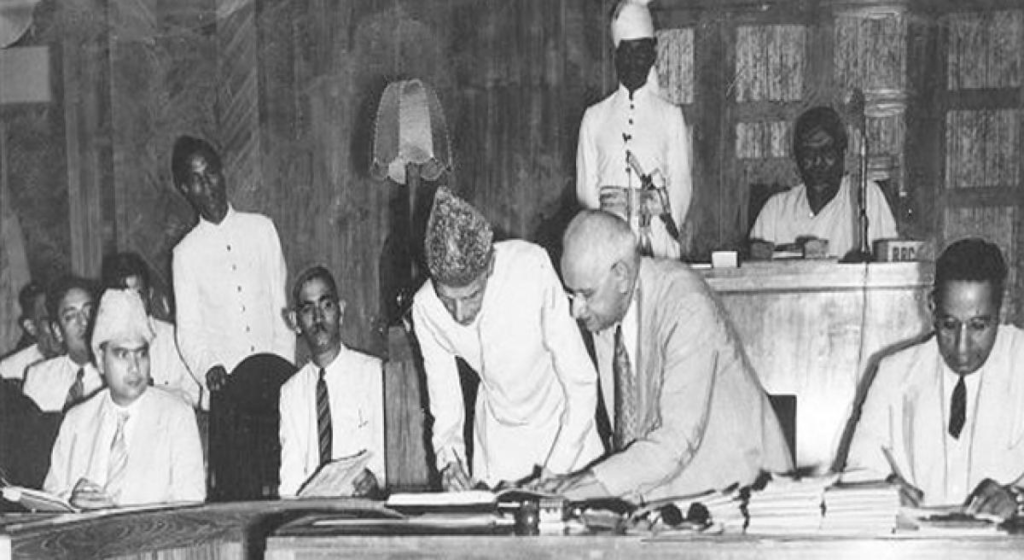
Khilafat Movement 1918
During WW1, as the Ottomans joined the Germans in defence of their empire, the British in order to get the support of Muslims who sympathised with the Caliphate, told them, once the war was over, the caliphate will remain. The British however fell back on this promise, they instead were planning to dismantle the Caliphate. The Khilafat movement or Non-Cooperation movement protested by boycotting British goods and striking in govt jobs, schools, colleges and other institutes.
As what remained of the Ottomans were going through a revolution, the Khilafat movement lost track but like the revolt, it displayed the impact Indian and Muslims could do.
Montford Reforms 1919 (Indian Govt Act 1919)
This cemented the Lucknow pact in legislation with a closer look at the detail. A fully functioning Indian government was set up with executive and legislative branches and a Dyarchy system of governance.
Departments like defence, foreign affairs, criminal law, communications, and income-tax were retained by the viceroy and other departments like public health, education, local self-government were transferred to the provinces.
In 1921, Mohandas Karamchand Gandhi assumed leadership of the Indian National Congress.
Hijrat Movement 1920
As the Caliphate was coming to an end, scholars declared India as Dar al Harb, state of the enemy. They commanded Muslims to migrate to Afghanistan, of which many did.
The migrants were welcomed warmly by the Pakhtoon Khudai-Khidmatgars. This was a peaceful movement led by Abdul Ghaffar Khan who wishes to serve the people and be free from colonial oppression.
As the movement worked against colonialism by supporting Congress in their activities, the British oppressed the region further, by bombing buildings and raping the women. This was a selfless movement hat deserves a shout out for their sacrifice.

Over the course of the next 25 years, Muslims discussed the idea of a separate Muslim nation. You can read post covering 1927- 1939 here: A History of Modern Pakistan #2 1927 – 1939
Summary Indian natives revolt big cause the colonials have gone too far. The colonials in return give the Indians a voice. The Indians council has a majority of Hindus. Hindus looking after Hindu rights. The Muslims in the Bengal region rise to this. In Unity, the Hindus and Muslims work towards independence from the colonial British, but amongst themselves they differ heavily. As the Hindus are the majority, they have the upper hand, but the Muslims will not stop fighting. Eventually the Muslims are pushed to seek their own state to protect their identity. After 50 years of lobbying the Muslims finally get Pakistan.
